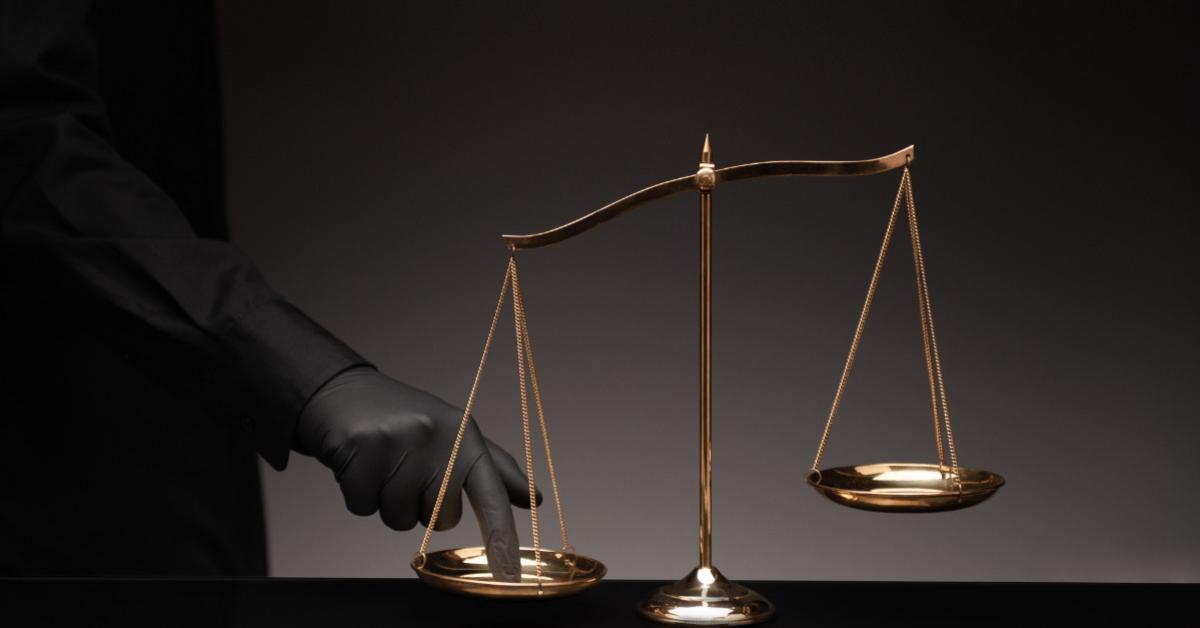
Some libertarians have said that there’s a lot to like about the “criminal justice reform” prosecutors, which effectively refers to those district attorneys whose campaigns were financially supported by George Soros. These district attorneys specifically want to decrease incarceration rates (as well as racial disparities in incarceration rates). But are they acting in good faith?
On the one hand, there is obviously a tradeoff involved in choosing to not incarcerate a suspect or to jail them for a shorter period than one otherwise could. The challenge is to minimize both type I errors (jailing those who would not have committed a crime had they not been jailed) and type II errors (releasing or giving low bail to those who go on to commit crimes while awaiting trial). Given the uncertainty of the future and the fact that it is too costly to incarcerate everyone awaiting trial, type II errors will inevitably be made.
Milwaukee County DA John Chisholm seemed to acknowledge this unfortunate reality in 2007: “Is there going to be an individual I divert, or I put into a treatment program, who’s going to go out and kill somebody? You bet…. It’s guaranteed to happen. It does not validate the overall approach.” Though seemingly callous, Chisholm’s statement acknowledges the existence of tradeoffs when it comes to deciding how to use correctional resources.
Even under the most ideal of circumstances, we might (perhaps naïvely) wish that a true statesman would be straight with the public about harsh realities rather than take the easier (and far more common) route of promising the impossible. Voters don’t want to hear about tradeoffs, and they especially don’t want to risk the safety of their families, no matter how small the risk, for the sake of even moderate decreases in the incarceration rate.
Is that what we’re getting with the reform prosecutors—brave statesmen making the best decisions they can to maximize public safety while wisely allocating limited jail space and other criminal justice resources? Though it’s a biased sample, in the past year a number of high-profile violent crimes committed by individuals out on low or no bail leads me to question the belief that a large portion of the innocent-until-proven-guilty people awaiting trial in jail pose little risk to public safety. Consider the all but memory-holed case of Darrell Brooks Jr., who killed at least six people at a Waukesha, Wiscosin, parade while out on a $1,000 bail after being charged with trying to run over the mother of his child.
Multiple people have been accused of committing murder after being bailed out with the Bail Project’s help. In January of this year, UCLA student Brianna Kupfer was allegedly killed by Shawn Laval Smith, who was out on bail for a charge of discharging a firearm into an occupied vehicle after a road rage incident. Also in January, nineteen-year-old Kristal Bayron-Nieves was shot and killed during her shift at a Harlem Burger King, allegedly by Winston Glynn. Glynn has at least four prior arrests, including for threatening a woman with a knife in Brooklyn in 2018 and knocking a man’s teeth out in 2020. His most recent arrest before Bayron-Nieves’s death was in November 2021, for threatening to stab another man at a homeless shelter with a screwdriver. For this, he was released on his own recognizance. How many type II errors are tolerable? Does anyone enabling this travesty face any consequences?
What convinces me that the reformers are not acting in good faith, however, is the disparate treatment of those who use weapons to commit crimes and those who desire to legally own weapons and use them in self-defense. The State of New York lost New York State Rifle and Pistol Association Inc. v. Bruen. The US Supreme Court issued an opinion stating that New York infringed upon the fundamental liberty of New Yorkers to carry firearms in self-defense. In response, the State of New York decided to take things up a notch by demanding that concealed carry applicants hand over their social media history in order for the state to determine whether they are mentally fit to carry.
While the state is doing what it can to make legal gun ownership harder, New York City district attorney Alvin Bragg is doing the least he can to punish armed robbery. As such, if you decide that video games just aren’t doing it for you anymore and the NYPD catches you engaging in armed grand theft auto, as long as you didn’t actually shoot anyone, you’ll be charged with a misdemeanor. However, you had better not use a knife in self-defense when someone attacks you with a knife in your bodega or else DA Bragg will charge you with murder.
So what we actually get from (at least some) “reform” prosecutors is anarcho-tyranny: leniency extended to violent criminals and malicious prosecution of those who dare defend themselves against violent criminals. The reformers bring us closer to a political environment defined by Vladmir Lenin’s maxim that the only relevant question is “Who does what to whom?”
As stated by Will Grigg, “As long as the ‘who’ in that equation belongs to a ‘specially protected’ class, the ‘what’ is morally inconsequential—whether it is expropriation, the imposition of involuntary servitude, or physical liquidation.” The mask is off. At least some of the reform prosecutors are not acting in good faith.





